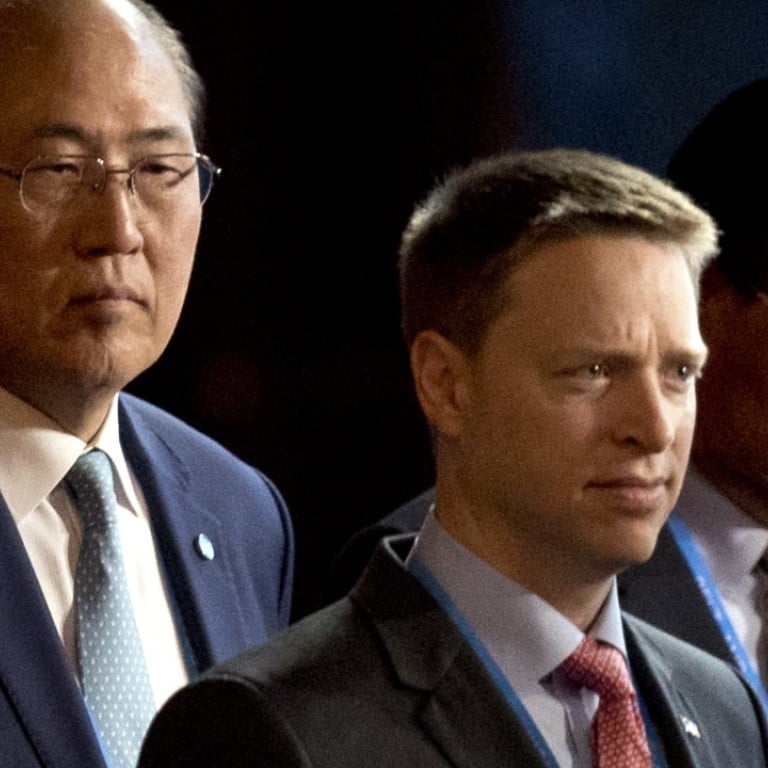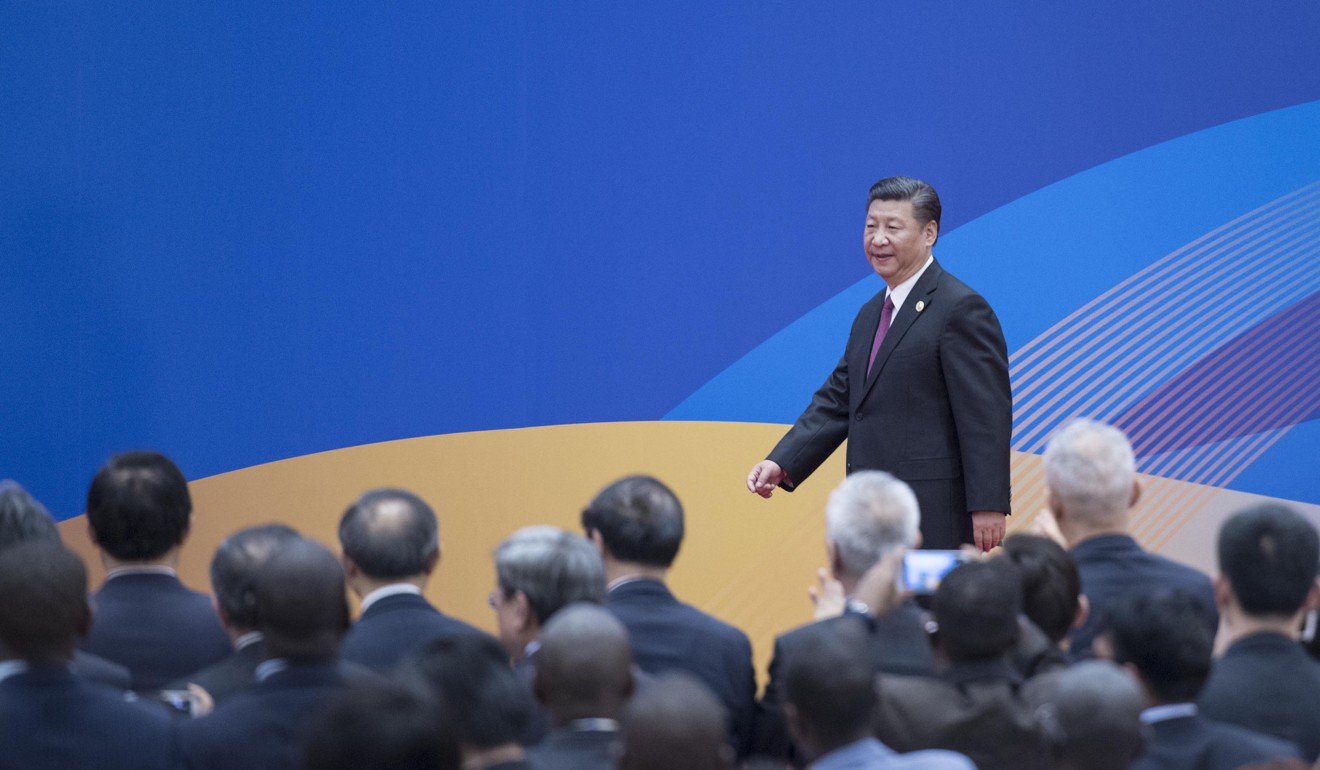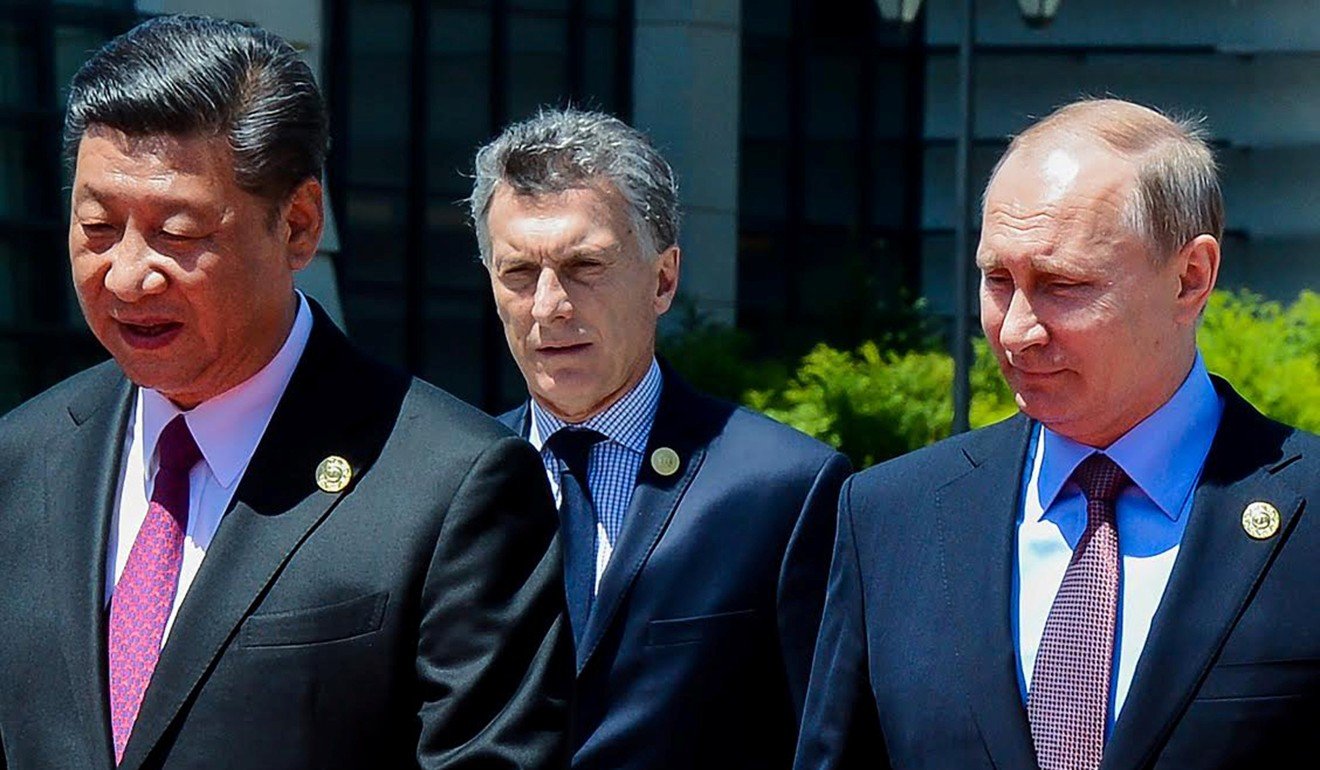
Why US firms are giving the cold shoulder to China’s ‘Belt and Road’ globalisation strategy
In the US, China’s pan-Eurasian infrastructure initiative is more or less invisible outside of news reports from domestic media that mostly frame it as Beijing’s grand plan for geopolitical domination
Social media account managers at Aecom, the world’s biggest engineering firm, have been busy publishing at a high volume about “a bold new infrastructure plan” from a widely publicised infrastructure conference for the past few days.
Industry analysts looking to US infrastructure engineering firms for insights from the Belt and Road Forum, which just wrapped up in Beijing, might have been surprised to see that Aecom’s only focus was on Infrastructure Week 2017, a series of events convened in Washington and other locations around the US.
Billed as “America’s largest and most diverse effort to highlight the importance of public works,” and promoted with a #TimeToBuild hashtag, Infrastructure Week is organised by the American Society of Civil Engineers, the US Chamber of Commerce and other organisations.

The Belt and Road summit – attended by 30 state leaders including Russia’s Vladimir Putin, Indonesia’s Joko Widodo and Greek Prime Minister Alexis Tsipras – was drowned out.
Aecom is, in fact, a Belt and Road booster, betting that it will be able to participate in some of the projects. Sean Chiao, president of Aecom Asia Pacific, was quoted in the October 2016 issue of Hong Kong magazine The Peak as saying his company is working with China Communications Construction and other Chinese SOEs on Belt and Road projects.
But in the US, the pan-Eurasian infrastructure initiative is more or less invisible outside of news reports from domestic media that mostly frame it as Beijing’s grand plan for geopolitical domination.
While US equipment vendors including General Electric, Caterpillar and Honeywell have said they’ve already clinched some Belt and Road-related contracts and plan to bid for more, US construction and engineering companies – those that would need to invest time and figure out how to net returns on costly bridges, ports and railroads – have been largely silent on the One Belt, One Road initiative.
Part of the reluctance among US infrastructure engineers to celebrate a draft communique that China managed to get 29 state leaders to sign in Beijing might be a result of conflicting technical standards.
“In addition to increasing economic interdependence between China and the region, the initiative could create new barriers to US exports and investment by exporting Chinese standards,” the Brookings Institution, a Washington-based think tank, said in a report issued soon after the One Belt, One Road forum ended.

“For instance, OBOR’s development of high-speed rail connections across Southeast Asia comes with a willingness to accept Chinese high-speed rail standards, creating barriers to competing US technologies.”
One Belt, One Road doesn’t show up anywhere in Aecom’s recent external communications or news reports about the company. The same goes for Fluor Corp., Bechtel Group, and Kiewit Corp.
Emails the Post sent to these companies and three other US global construction and engineering companies on Monday, asking about their current and future participation in Belt and Road projects, went unanswered.
Over-inflated estimates of how much money is flowing into Belt and Road projects may have further dampened enthusiasm.
“US media have taken some of the headline figures literally and painted a picture of an enormous Chinese effort,” David Dollar, a senior fellow at Brookings, said in an emailed response to questions. “In fact, official Chinese data reveal that not much has been invested so far. Lack of interest from American construction firms may simply reflect that there is not much substance to the effort so far.”
Meanwhile, the one theme that ran through most of US coverage of the Belt and Road Initiative leading up to and during this weekend’s forum in Beijing was ominous.
“China has a grand plan to dominate world trade,” read one CNN headline.
“China is moving so fast and thinking so big that it is willing to make short-term missteps for what it calculates to be long-term gains,” according to one New York Times report. “Even financially dubious projects in corruption-ridden countries like Pakistan and Kenya make sense for military and diplomatic reasons.”
President Donald Trump’s administration emerged as the most visible source of US support for the Belt and Road strategy.
Trump appointed Matt Pottinger, US National Security Council senior director for East Asia, to spearhead formation of the American Belt and Road Working Group to ensure the US participates in Belt and Road projects.
“United States’ recognition of the importance the [Belt and Road] initiative as part of the May 11 US-China Trade Agreement is an important economic and diplomatic win for China,” the Brookings report said. “Such recognition signals US acceptance of China’s ambition to expand its regional leadership and influence.”

